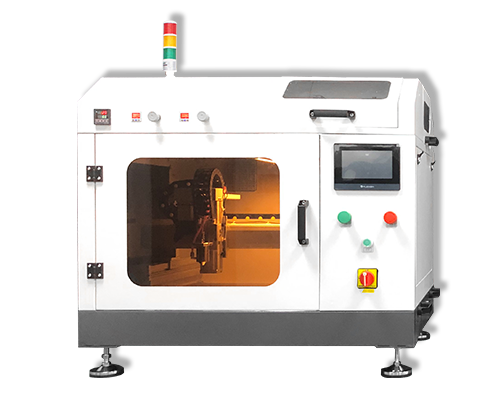Classification of Renewable Energy Hydrogen Production Technology
Classification of Renewable Energy Hydrogen Production Technology – Electrolyzer Coatings – Cheersonic
Traditional hydrogen production from electrolyzed water mostly uses thermal power in the power generation process, which is accompanied by a large amount of carbon emissions, while hydrogen production from renewable energy uses wind power, photovoltaics and other energy sources, which is a true green hydrogen production technology.
The following are two types of typical renewable energy hydrogen production technologies.
1) Wind power hydrogen production technology
Wind power hydrogen production systems can be divided into grid-connected wind power hydrogen production systems and off-grid wind power hydrogen production systems according to the connection with the grid. At present, the wind power coupling hydrogen production technology under off-grid conditions in my country is still in its infancy, and most grid-connected hydrogen production systems are used. Wind power coupling hydrogen production system, the overall system structure is shown in Figure 1, including wind turbines, power storage converter (PCS) energy conversion and control system, electrolyzer hydrogen production module, hydrogen compressor, high-pressure hydrogen storage tank and other parts .
From the existing research, it is completely feasible to use wind power resources for large-scale hydrogen production and improve wind power consumption in terms of economic benefits, and the whole process has almost zero carbon emissions and no pollution. Therefore, wind power hydrogen production technology has a good application prospect. In addition, offshore wind resources are abundant, which can be used to develop wind farms with larger installed capacity.
2) Photovoltaic power generation hydrogen production technology
Photovoltaic power generation hydrogen production means that the electric energy converted by solar panels is supplied to the electrolyzer system to electrolyze water to produce hydrogen. The overall structure of the system is similar to the wind power hydrogen production system. Among them, photovoltaic power generation technology is mainly based on the photoelectric effect of semiconductors. The main core component of photovoltaic power generation is solar cells, and other components include battery packs and controllers.
With the rapid development of renewable energy and the strong support of national policies, photovoltaic power generation-related technologies and construction scale have reached the world’s leading level, and the cost of photovoltaic power generation continues to decline. Therefore, in the process of energy clean transformation, the combination of photovoltaic + hydrogen will be Play an indispensable role in decarbonization and emission reduction.
3) Hydrogen production technology of wind-solar hybrid power generation/multi-energy coupling power generation hydrogen production
Numerous research cases have shown that when the capacity of the generating set is the same, the wind-solar hybrid power generation hydrogen production energy storage system has the following advantages compared with a single hydrogen production system with wind power or photovoltaic power generation:
Using the complementarity of wind energy and solar energy, a relatively stable output can be obtained, and the system has high stability and reliability;
In the case of ensuring the same power supply, the capacity of the energy storage battery can be greatly reduced;
Through reasonable design and matching, it can basically be powered by the wind-solar hybrid power generation system, and there is little or no need to start backup power sources such as diesel generator sets, etc., which can obtain better social and economic benefits, which is in line with the concept of decarbonization and emission reduction. Therefore, the complementary coupling of multiple renewable energy sources to generate hydrogen will be an important means for my country to achieve the “double carbon target”.
The wind-solar hybrid coupled power generation hydrogen production system consists of a wind power generation system, a solar power generation system, an electrolytic hydrogen production device, and a hydrogen energy storage and utilization system.
Hydrogen energy is a green energy that can simultaneously solve the energy crisis and environmental pollution in the future, and it is the development trend of future energy. Hydrogen storage through electrolysis of water from renewable energy sources such as wind and solar can greatly improve the safety and stability of the power system, and has almost no pollution emissions. It is a form of energy storage with broad application prospects.
Cheersonic ultrasonic coating systems are used in a number of electrolysis coating applications. The high uniformity of catalyst layers and even dispersion of suspended particles results in very high efficiency electrolyzer coatings, either single or double sided.
In hydrogen fuel cell production, PEM electrolyzer coating systems are ideal for spraying carbon-based catalyst inks onto electrolyte membranes. These systems are fully automated, capable of dual side coating, and enable different catalyst formulations to be applied to each side of the membrane. Durability and repeatability of the coating are proven superior to other coating methods, often providing higher efficiencies with extended lifetimes of the coated PEM.
Our coating solutions are environmentally-friendly, efficient and highly reliable, and enable dramatic reductions in overspray, savings in raw material, water and energy usage and provide improved process repeatability, transfer efficiency, high uniformity and reduced emissions.


